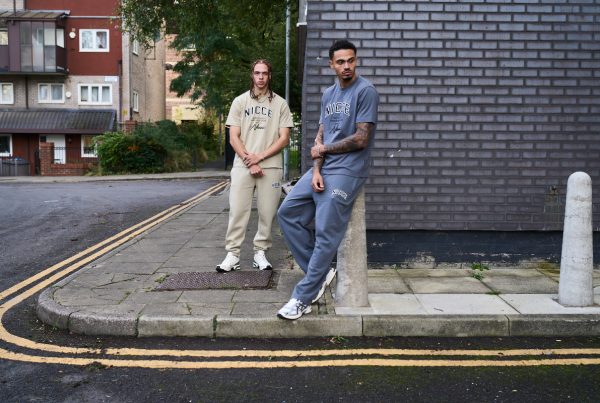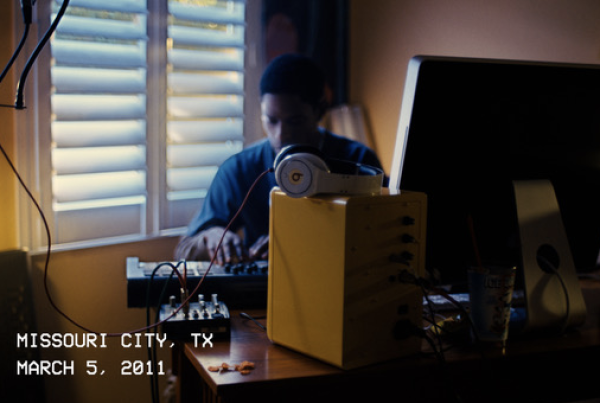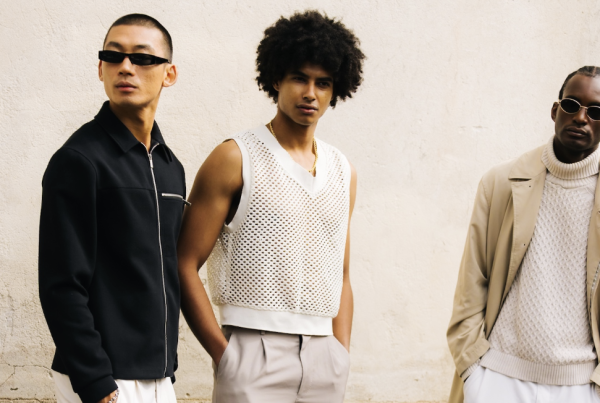So, you receive an invite for that party you were quite keen on attending. You look at the time, location and dresscode. Then, looking back at you, are the two words that you fear the most; ‘Smart-casual’. These words are enough to fill a grown man with terror. The term has been around for ages, but what does it actually mean? Well, I conducted some investigative journalism, i.e. went straight to Google search. Here are some definitions of smart casual, as quoted from websites:
“Smart casual for men includes dress trousers—not including chinos—a long-sleeve dress shirt, crewneck tees or collared tees, (tie optional), leather loafers or dressy slip-ons, dress socks, a belt, and, if appropriate, a sport coat or blazer…Increasingly, dark-coloured jeans are acceptable.”
– Wikipedia
“The most basic of smart casual outfits consists of a chino, shirt, blazer and smart shoe combination.”
– Fashion Beans
“Jackets aren’t optional.”
“Personally, when I think of smart casual, I envisage a pair of flannel trousers with a blazer.”
– Gabriel John, for the Huffington Post
Of course, none of this makes sense as one quote hopelessly contradicts another. What kind of smart shoes? Is a dress shirt the same level of smartness as a crewneck tee? To chino or not to chino? And since when can you wear a tie with a collared t-shirt (aka a polo)? 
It’s a dilemma, it really is. But what can we do about this? Well, we could unite in an uprising and get the term banned. Or, a definitive guide to smart casual could be created, a guide so great it would stand alongside such greats as Othello and War and Peace (it has been realised that this is quite a stretch, and a ridiculous hyperbole). Over the coming weeks, PAUSE will be revealing tricks to defeating the entrapment that accompanies the term ‘smart-casual’, and keep you on trend.
And no, it doesn’t involve wearing t-shirts with waistcoats.
Words by Nathan Aygekum




























































